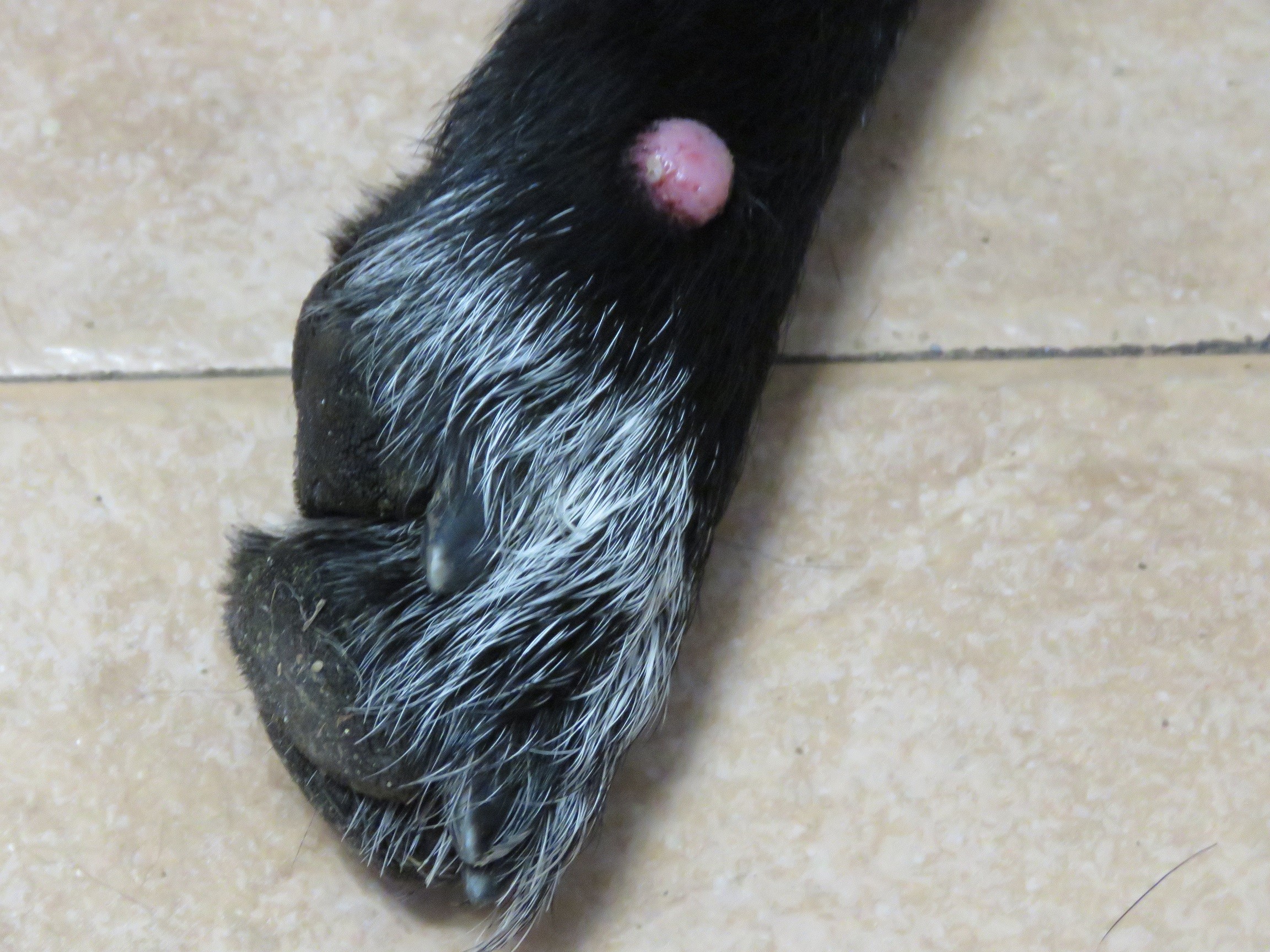My dog has warts
Warts are quite common in dogs, they are growths that look like small "cabbage flowers", and often appear with age in dogs. How to treat your dog's warts? What are the different solutions and is it always useful?
What is a wart?
Warts" are epithelial proliferations most often of viral origin; there are 19 types of canine papillomaviruses with various clinical presentations. Oral papillomatosis, exophytic papillomas, endophytic papillomas... are described.
There are two main categories of warts:
• Oral papillomatosis, often of viral origin, more often encountered in the puppy. It is manifested by benign epithelial tumors (called warts) present in the mouth but also in the nose and conjunctivitis of the eye. They usually disappear within a few weeks, which is the reason for a strong and lasting protection against the virus in young dogs. These warts are also contagious from dog to dog, but adult dogs rarely get them.
• Warts in older dogs, also known as papillomas, are also benign. However, it is important to avoid scratching or tearing them as this could become infected. If the dog does scratch to the point of bleeding or chewing on the warts, if it seems uncomfortable, then it is possible to remove them.
How to treat warts?
The treatment of warts is not "codified" in dogs as it is in humans. In fact, spontaneous regression is common.
There are different options for removing warts from your dog:
Surgical excision and risk of dissemination
Surgical excision must be carried out with caution because there is a significant risk of dissemination of viral particles during the operation. It can then lead to "satellite" lesions after the surgery, and thus to an extension of the disease.
However, the use of lasers is interesting because they can "burn" the warts and/or destroy the vessels to avoid the dissemination of the virus.
Local treatments
Cryotherapy: as with humans, liquid nitrogen systems can be used to "freeze" the warts, or cooling gas systems that are easier to use. Treatments can be repeated every 2 to 3 weeks if needed. The advantage is that the cryotherapy session can be performed on a vigorous animal most of the time. In some cases, tranquilization may be necessary.
Keratolytic treatments are interesting: they can be based on salicylic acid or more "natural" active ingredients (cedar extracts, fig milk, dandelion...).
Topical immunomodulatory and/or antiviral treatments (also used in humans) can give good results.
In summary: spontaneous regressions are likely, it is therefore possible, when the dog does not seem to be bothered, to give time to time before considering any treatment. Ask your veterinarian for advice, he will suggest the appropriate treatment for your dog.

